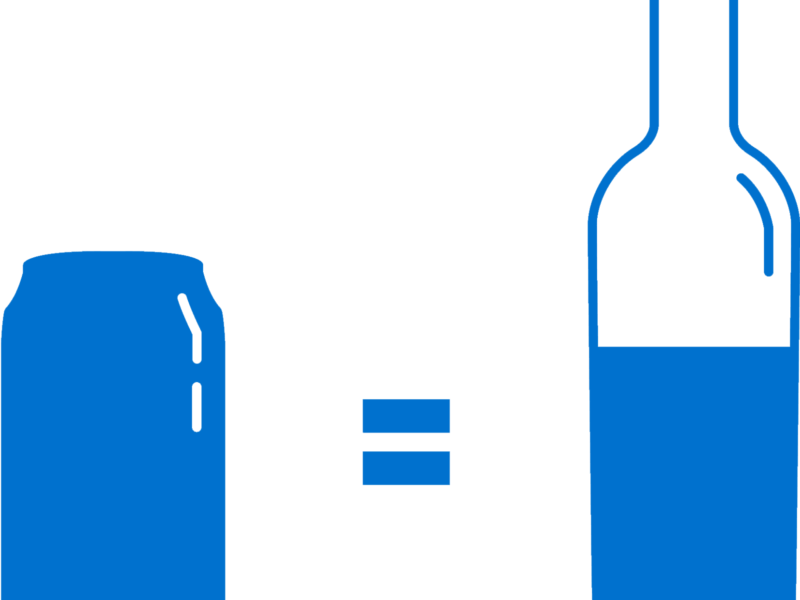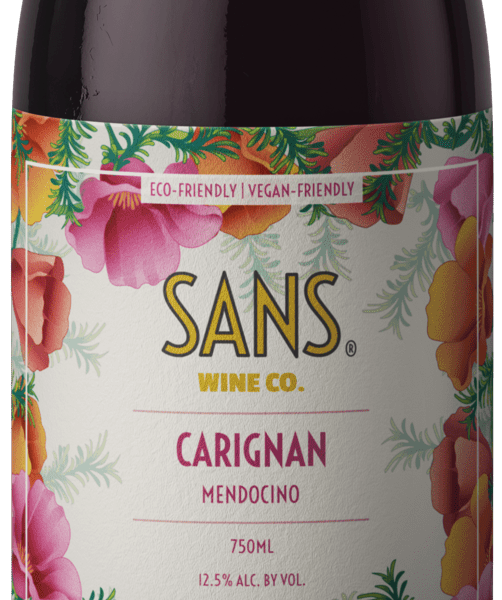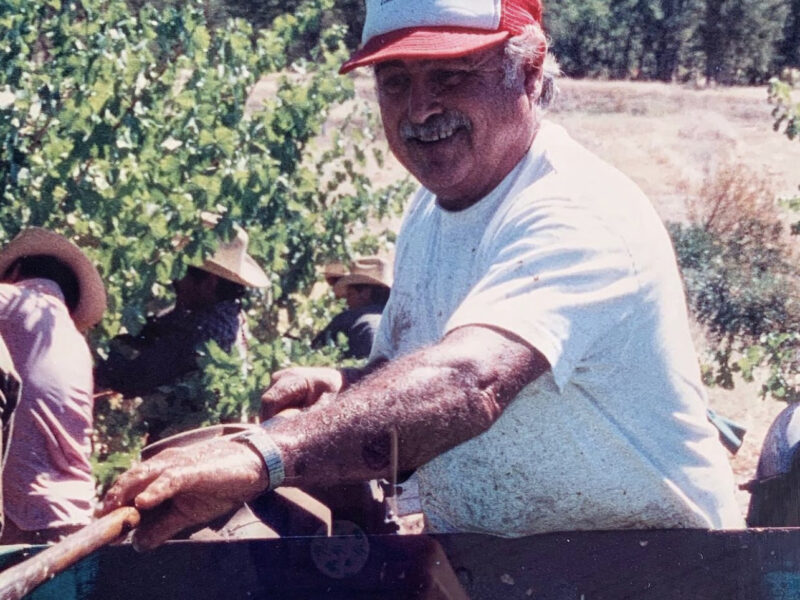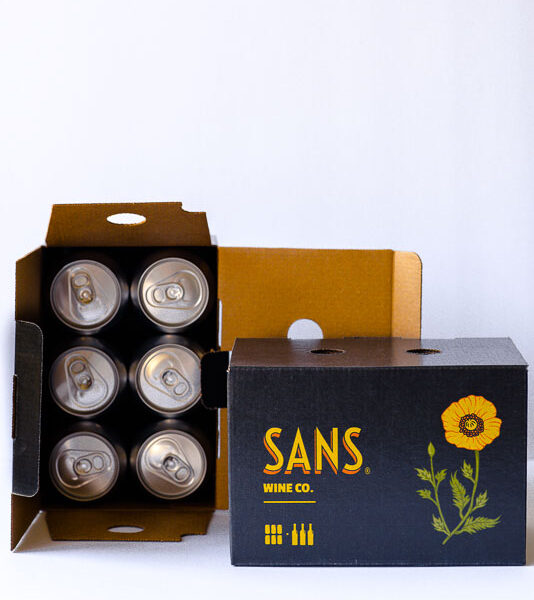
Canning Wine
Everything you want to know about Canning Wine.
If you are a producer thinking about canning a small amount of wine, we recommend you don’t do it 🙂 All kidding aside, the economic benefits of this package for wine really make sense at higher volumes. We love seeing other producers make canned wine and encourage everyone to do it. In this blog we break down the Sans Wine Co. canning process and at a later date will really dial in the financial aspects of canning and wine can packaging.
Pre-ordered printed, shrink sleeve, or brite cans show up to your filling location in flat layers, without exterior packaging. A lot of wineries use trays with shrink wrap, or some combination of smaller quantity boxes with trays/shrink wrap. We utilize a fully enclosed heavy duty case box, in order to minimize damage. This requires a fair amount of time to build our exterior packaging prior to filling cans.
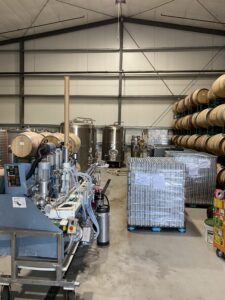
Stack of brite cans and canning line
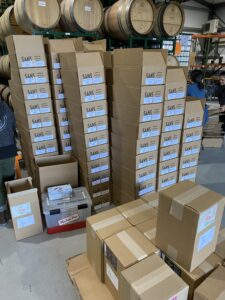
Our fully enclosed case boxes built in preparation for canning wine.
We bring in a mobile canning line to fill at the winery, and The Can Van is our filler of choice. We believe them to be the longest tenured mobile canning line in the U.S. and they are incredibly knowledgeable, hard working, and generally great fun to do business with.
Setting up a canning line looks a lot like setting up a mad scientist’s lab. When everything is ready to go and the wine is delivered to the canning line at a low temperature, cans are loaded onto the line either by a depalletizer or by hand. As the cans are conveyed to the filler heads, they are sparged with nitrogen gas. The filler heads lower into the cans and fill them with wine to the appropriate level.
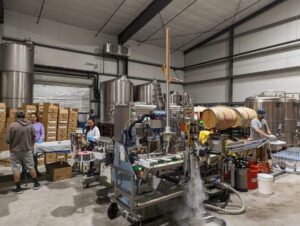
Wine Canning Line
Next, for still wines, the can receives a dollop of liquid nitrogen to bubble off oxygen, fill the head space, and produce outward can wall pressure. A lid is placed on the can and the can is conveyed to the “Seamer”. The seamer rolls the metal edge of the lid onto a lip of the can creating an interlocking seal. With Carbonated wines, no liquid nitrogen is needed and like beer, the CO2 from the beverage forces oxygen out of the headspace of the can. After the lid is seamed onto the can, the full can is rinsed to clean off any spills, and typically blown dry.
Next a label is applied, if not already printed or shrink sleeved. We typically roll the cans on a towel to ensure no water is left on the lid of the can, and the cans are packed into boxes, loaded on a pallet, and shrink wrapped for transport so that you can enjoy your favorite beverage poolside, at the beach, or wherever you drink wine.
Here is a short video of the operation:
A full length more detailed video can be found on our YouTube channel.
Jake Stover

